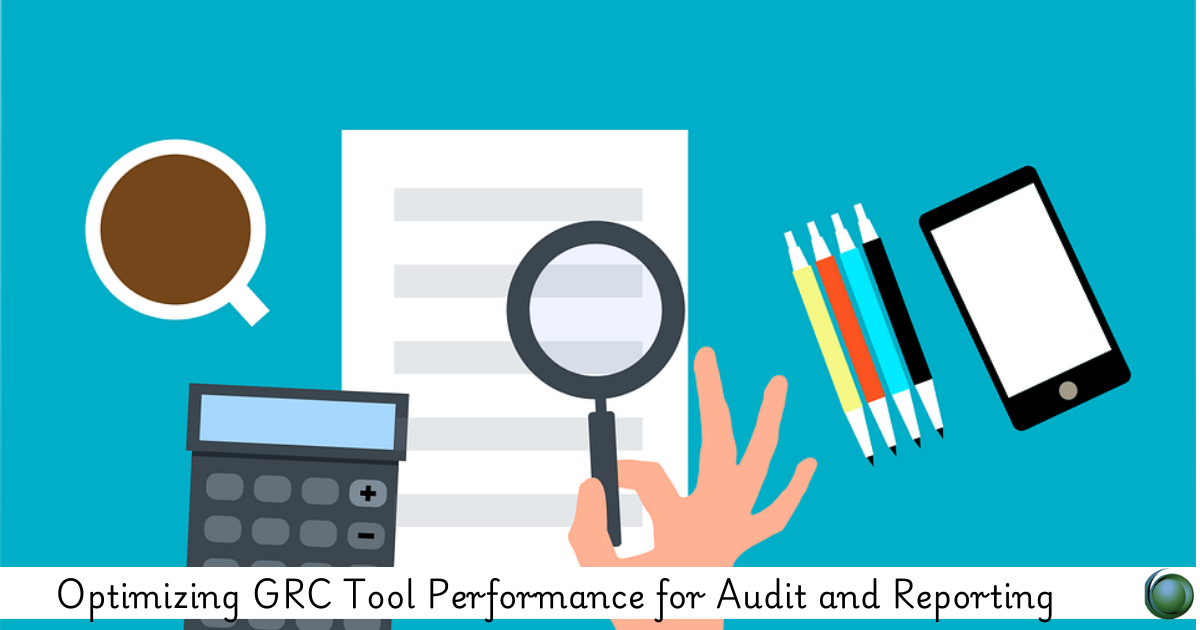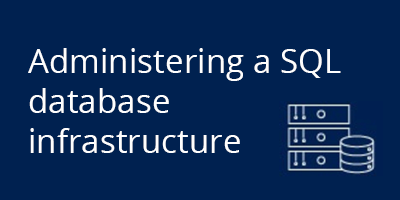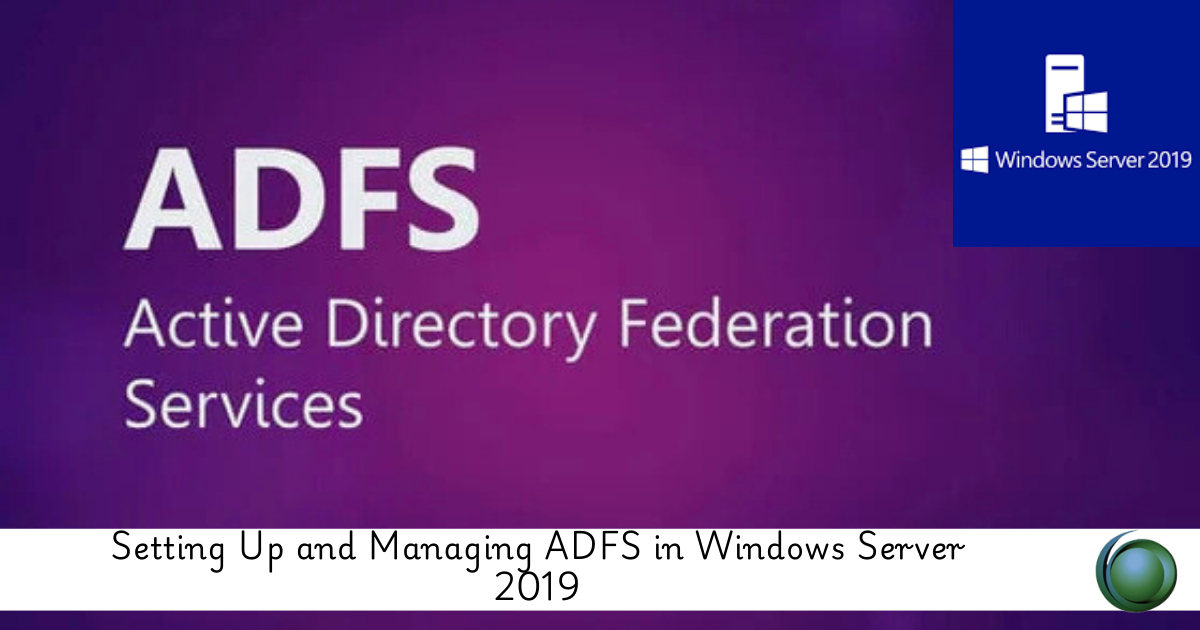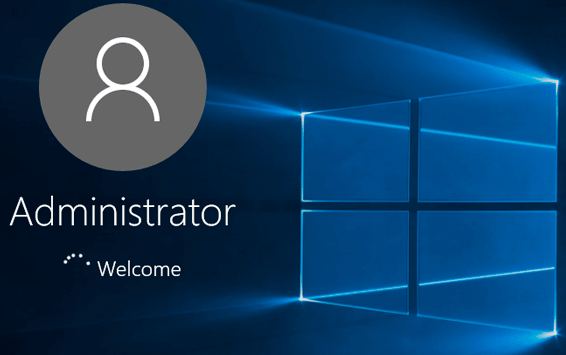Description
Introduction
Governance, Risk, and Compliance (GRC) tools play a critical role in managing and automating risk management, compliance activities, and audits. However, as organizations scale and accumulate vast amounts of data, the performance of GRC tools can become a bottleneck. This course explores strategies for optimizing GRC tool performance, focusing on improving audit and reporting efficiency. Participants will learn to enhance GRC tool performance through best practices, effective data management, and the application of advanced technologies to ensure faster, more accurate audits and compliance reporting.
Prerequisites
- Familiarity with basic GRC concepts, processes, and frameworks
- Experience with audit and reporting functions within a GRC system
- Understanding of data management, database performance, and reporting tools
- Basic knowledge of GRC tool configurations and integration processes
- Familiarity with relevant regulatory standards (e.g., SOX, GDPR, HIPAA)
Table of Contents
- Introduction to GRC Tool Optimization for Audits and Reporting
1.1 Importance of Performance Optimization in GRC Tools
1.2 Challenges in Audits and Reporting with GRC Systems
1.3 Goals of Optimizing GRC Tool Performance - Understanding the Architecture of GRC Tools
2.1 GRC Tool Components and Their Role in Audit/Reporting
2.2 How Data Flow Impacts Reporting and Audit Functions
2.3 Identifying Key Performance Indicators (KPIs) for GRC Tools - Optimizing Data Management for Efficient Audits and Reports
3.1 Best Practices for Data Storage and Organization
3.2 Data Integrity and Accuracy for Compliance Reports
3.3 Leveraging Data Warehouses and Data Lakes for Better Reporting - Enhancing Query Performance for Faster Reporting
4.1 Query Optimization Techniques for GRC Tools
4.2 Leveraging Indexing for Efficient Data Retrieval
4.3 Implementing Caching Mechanisms for Faster Audit Results - Streamlining Report Generation and Distribution
5.1 Automating Report Creation: Reducing Time and Errors
5.2 Real-Time Reporting for Immediate Audit Insights
5.3 Designing Reports for Ease of Use and Quick Analysis - Using Advanced Analytics to Improve GRC Reporting
6.1 Integrating Analytics Tools for Deeper Audit Insights
6.2 Predictive Analytics for Risk Identification and Mitigation
6.3 Enhancing Visualizations to Support Decision-Making - Leveraging Cloud-Based GRC Tools for Performance Gains
7.1 Advantages of Cloud Deployment for GRC Tool Performance(Ref: Advanced GRC Analytics: Data-Driven Risk Management)
7.2 Cloud Storage and Scalability for Data-Intensive Reports
7.3 Optimizing Cloud-Based GRC Systems for Audit Efficiency - Integrating Automation for Audit and Reporting Efficiency
8.1 Robotic Process Automation (RPA) for Repetitive GRC Tasks
8.2 Workflow Automation for Streamlined Audit and Reporting Processes
8.3 Automating Compliance Checks and Alerts - Ensuring Scalability and Performance Under Heavy Load
9.1 Load Balancing and Distributed Systems for Performance Optimization
9.2 Data Sharding for Handling Large Volumes of Audit Data
9.3 Monitoring and Performance Tuning in High-Volume Environments - GRC Tool Integration with Enterprise Systems for Improved Reporting
10.1 Integrating GRC Tools with ERPs and Financial Systems
10.2 Enhancing Performance with Real-Time Data Exchange
10.3 Streamlining Data Import/Export Processes for Audits and Compliance - Case Studies and Best Practices for GRC Tool Performance Optimization
11.1 Case Study 1: Performance Optimization in a Financial Institution
11.2 Case Study 2: Improving GRC Tool Performance in a Healthcare Organization
11.3 Key Lessons Learned and Best Practices - Future Trends in GRC Tools and Performance Optimization
12.1 AI and Machine Learning in GRC Tools for Predictive Reporting
12.2 The Impact of Blockchain and Distributed Ledger Technologies on Audit and Reporting
12.3 The Future of Cloud-Native GRC Tools and Performance Improvements
Optimizing GRC tool performance for audit and reporting is critical to ensuring that compliance and risk management processes remain efficient, accurate, and scalable. By adopting best practices in data management, query optimization, automation, and integrating advanced technologies, organizations can achieve faster reporting cycles and more reliable audit results. This course empowers participants to streamline audit and reporting tasks, reduce operational overhead, and improve the quality of insights derived from GRC tools. As regulatory requirements become increasingly complex, mastering performance optimization strategies will help organizations stay compliant, mitigate risks, and make more informed, data-driven decisions.







Reviews
There are no reviews yet.